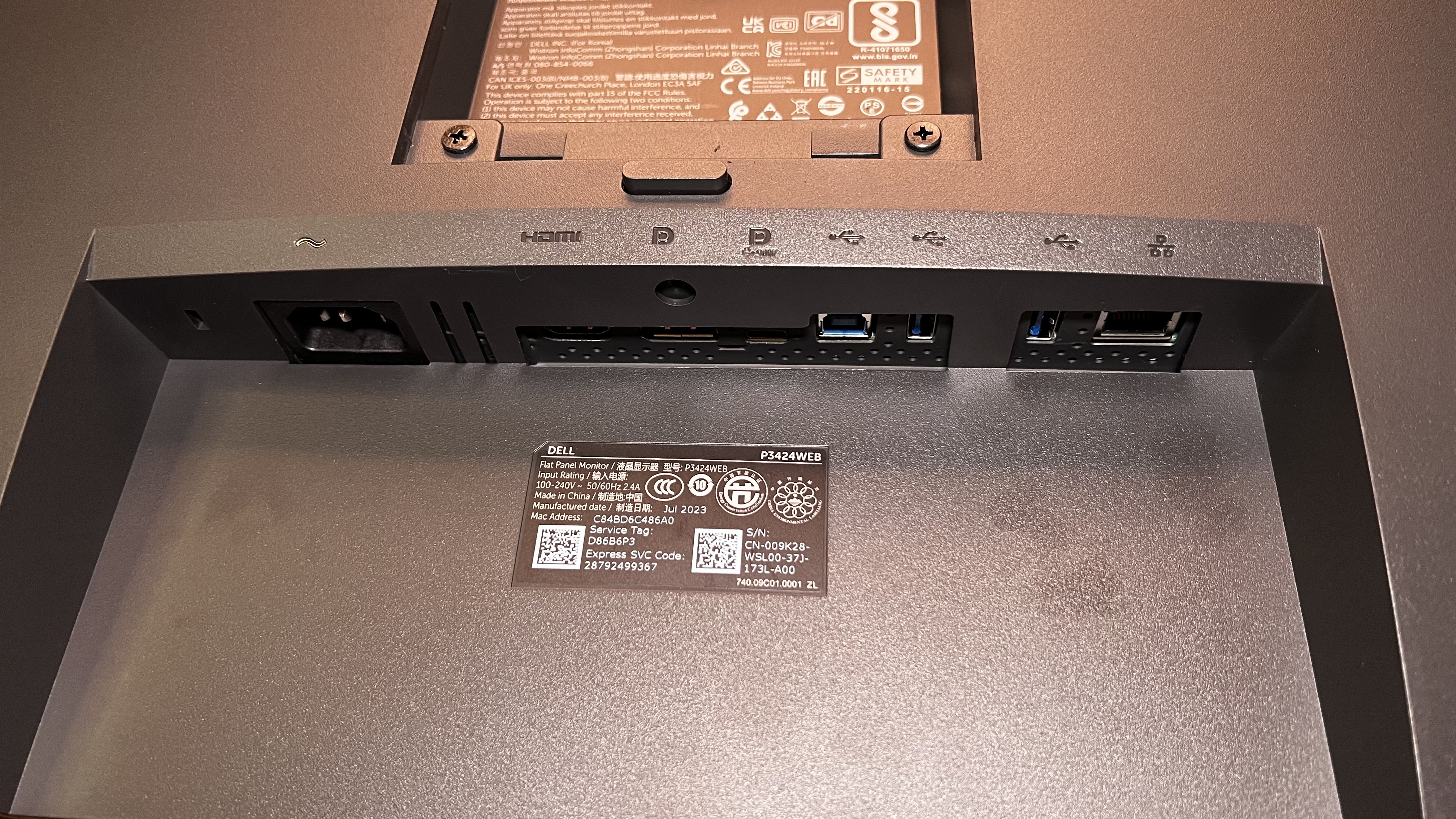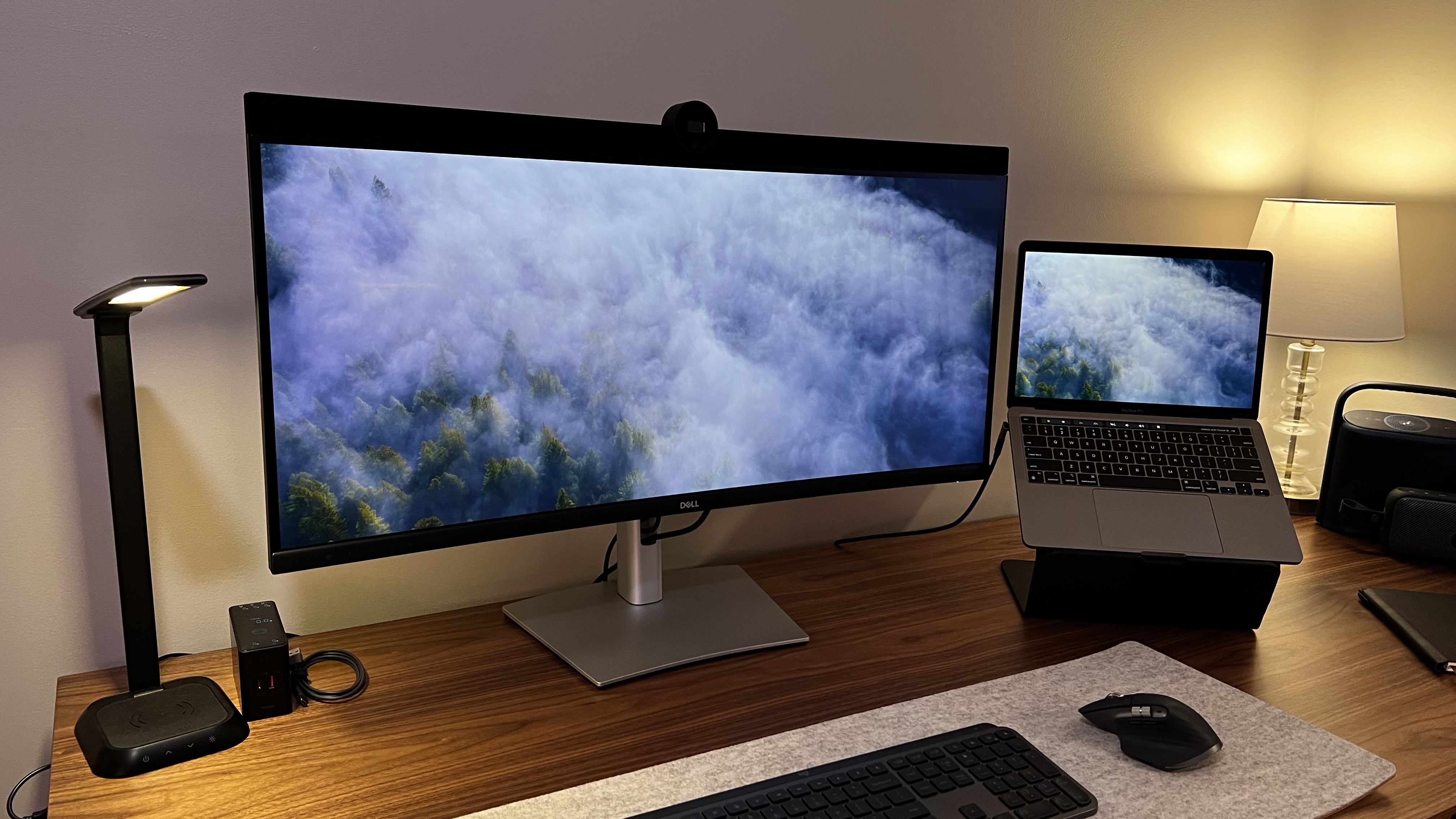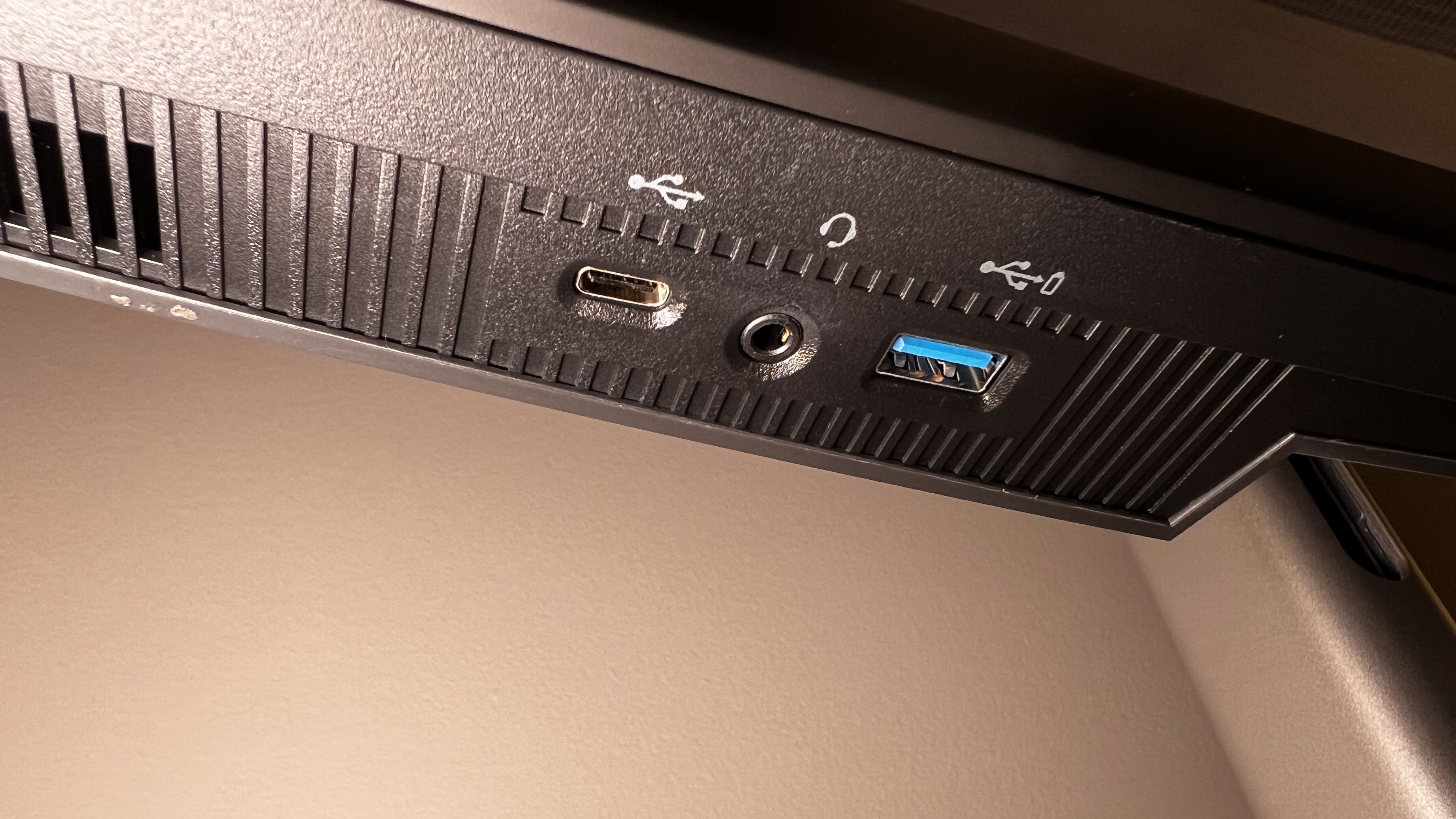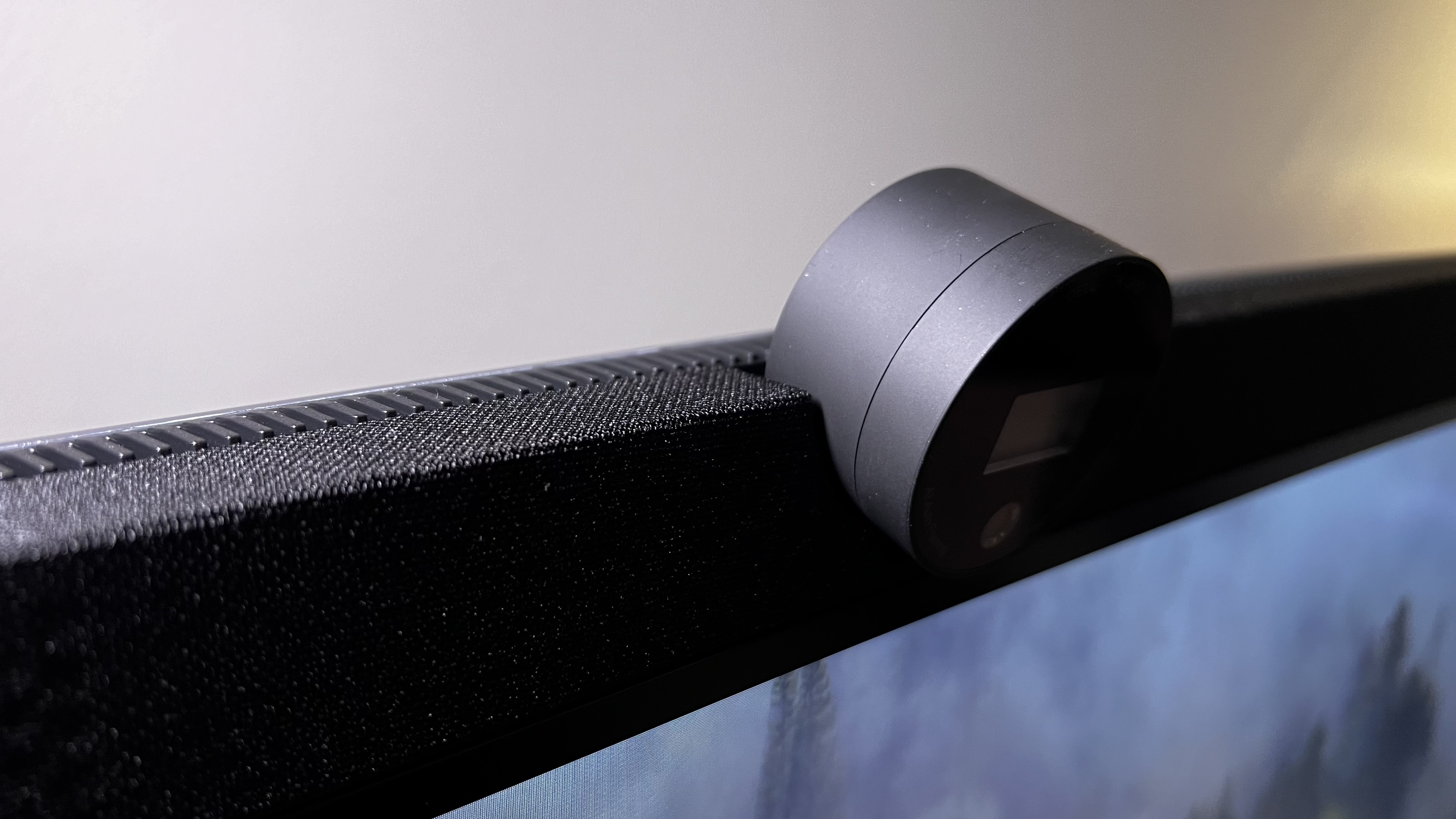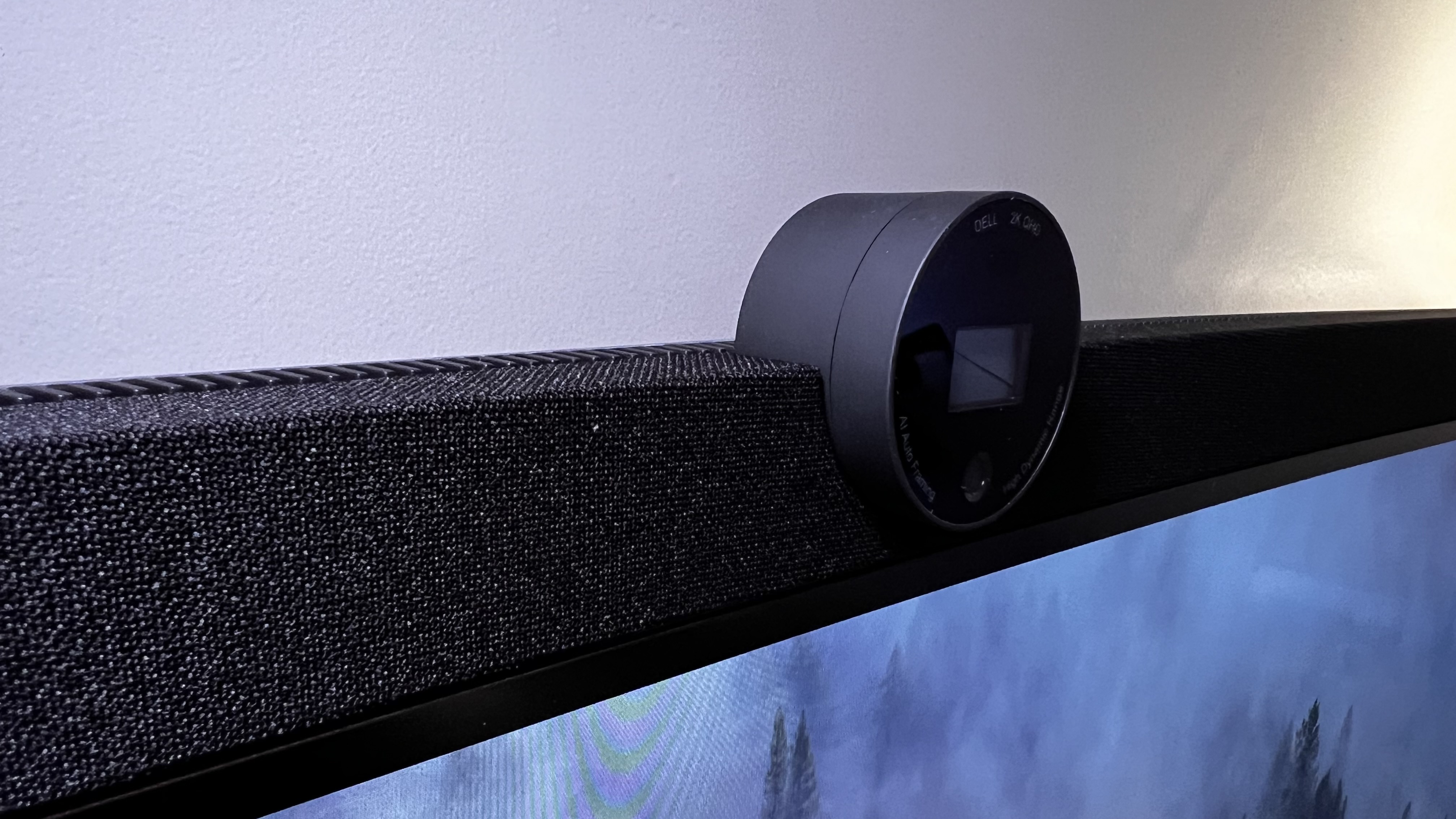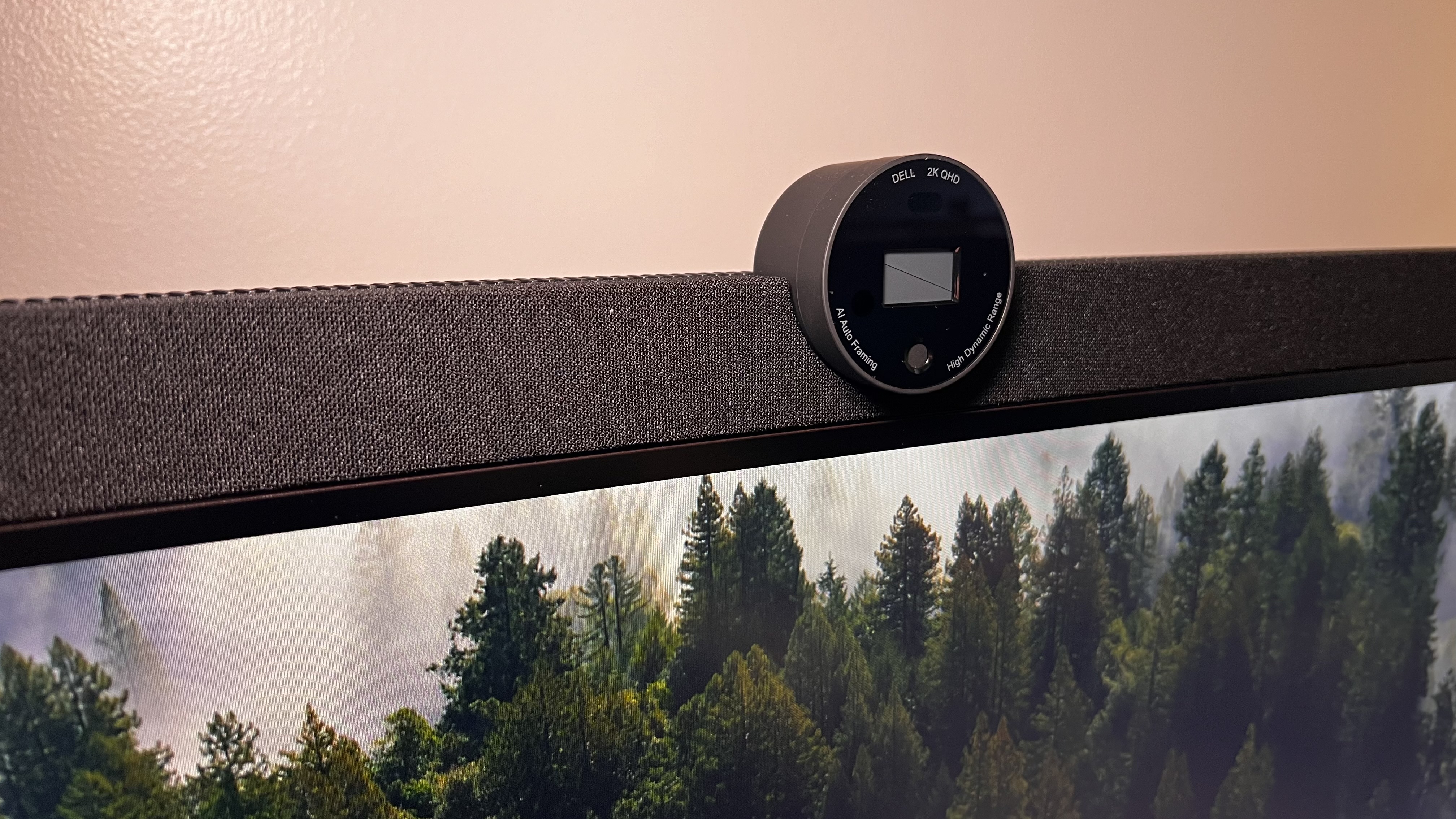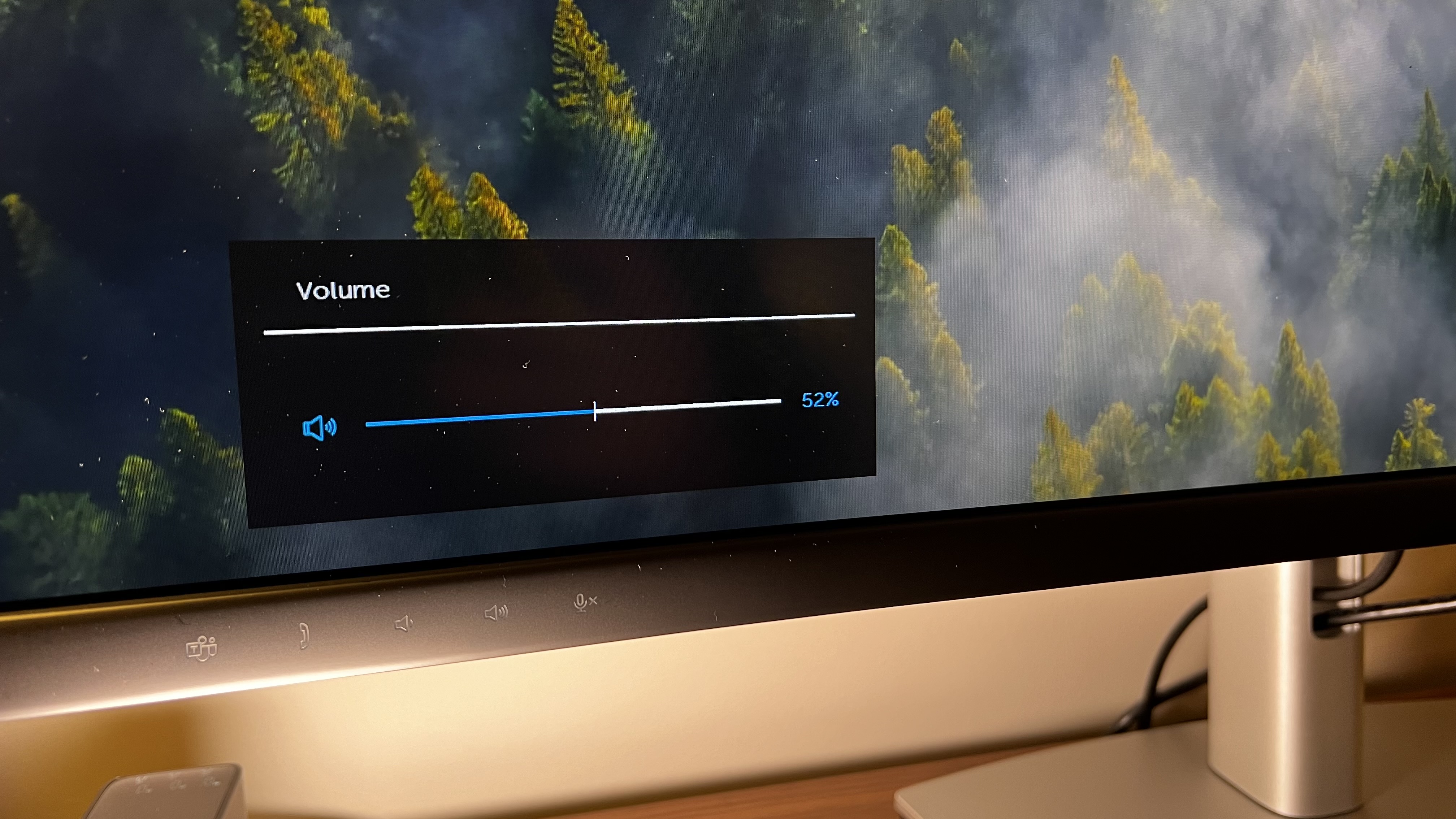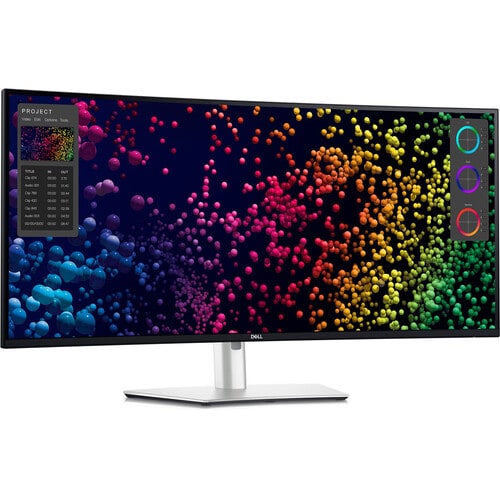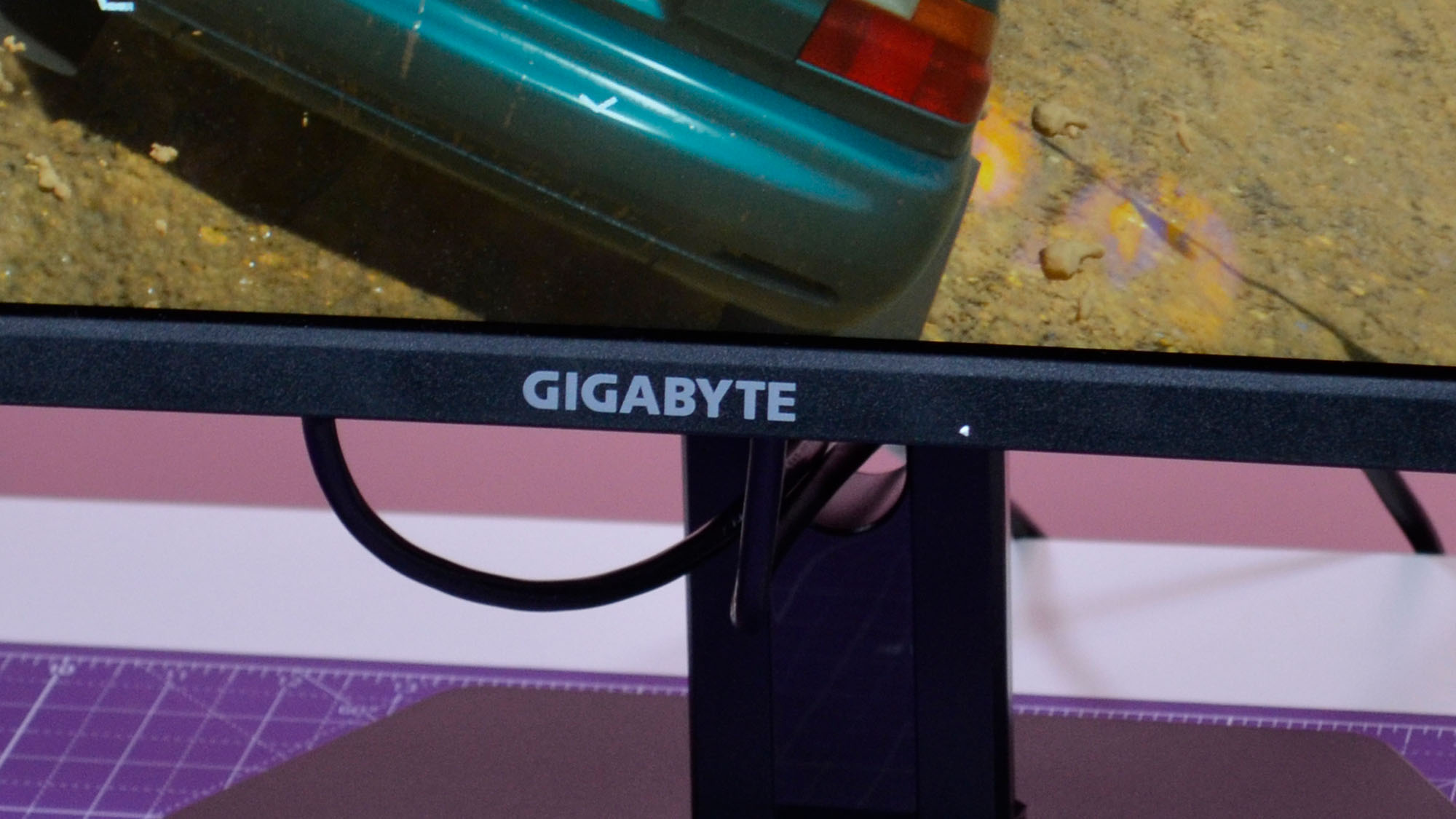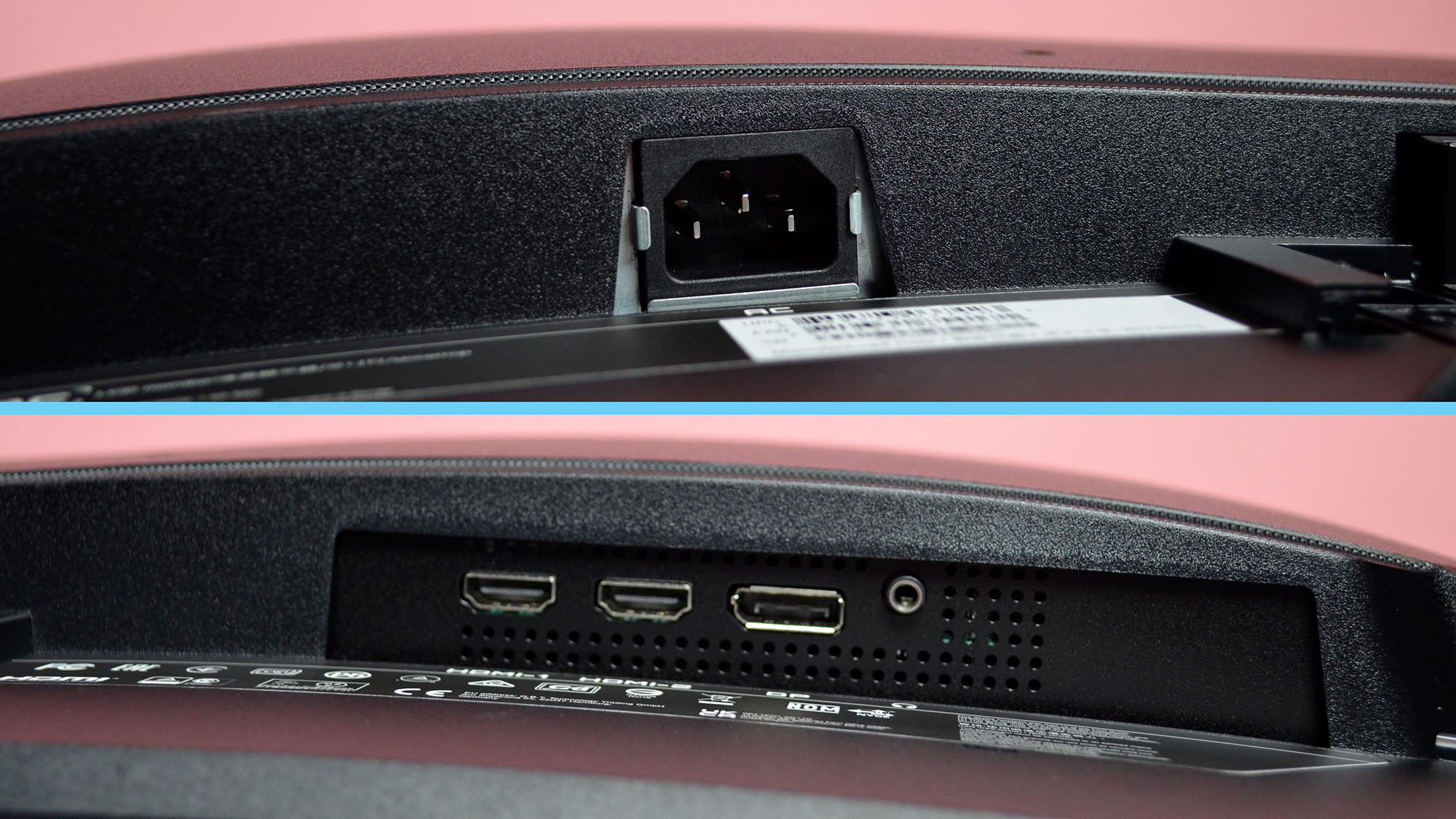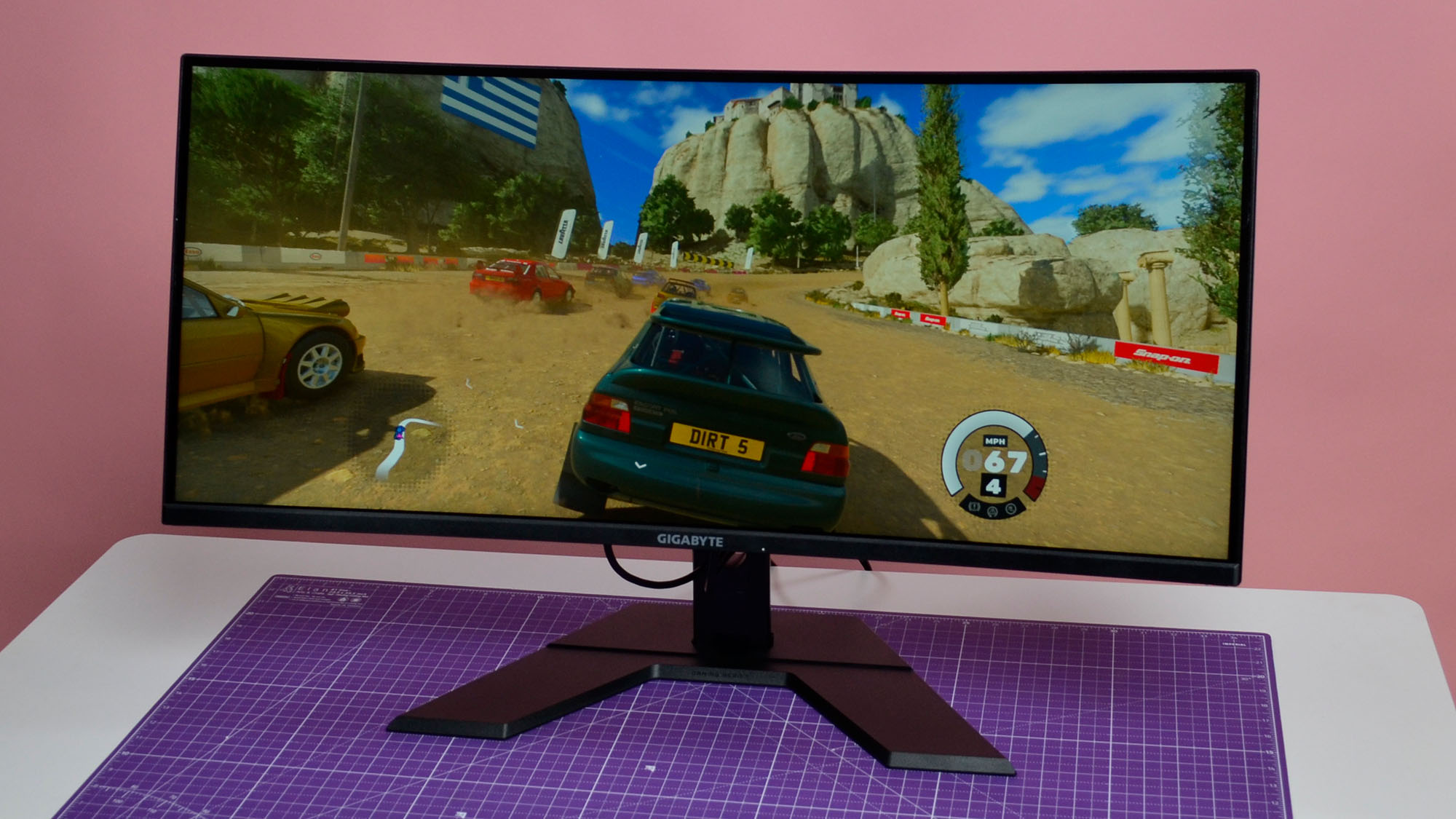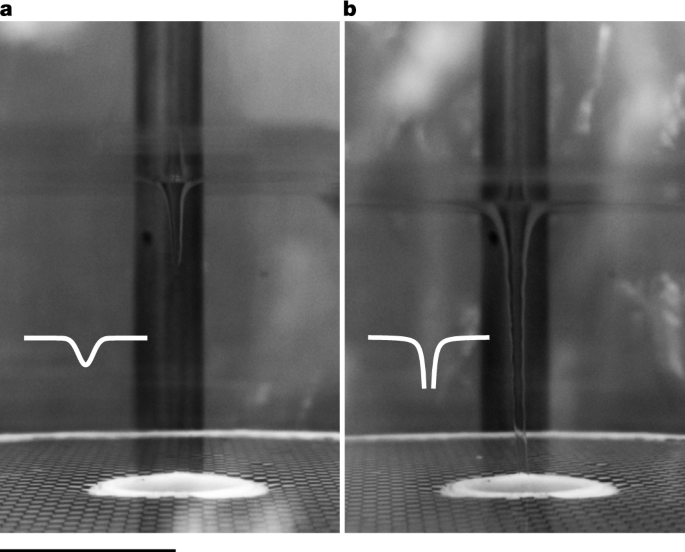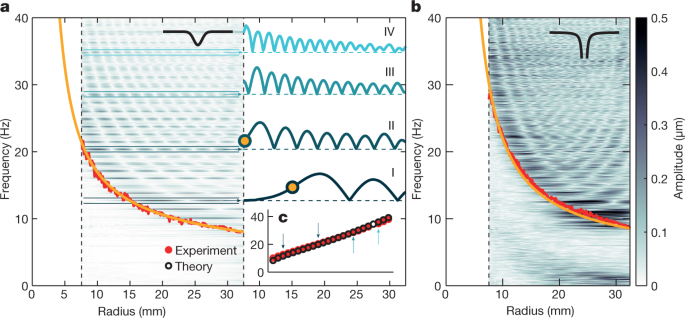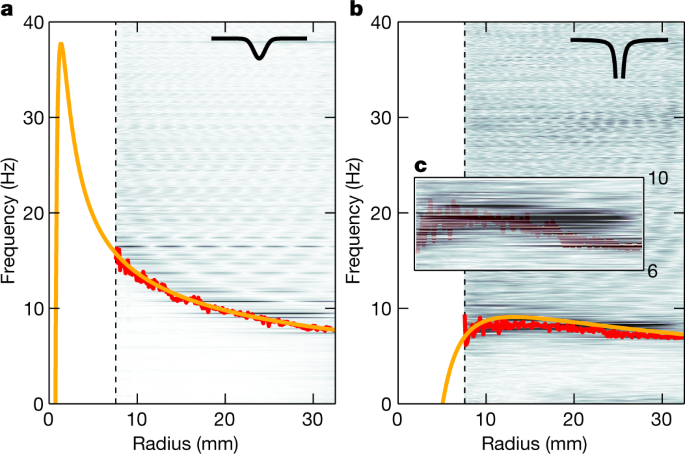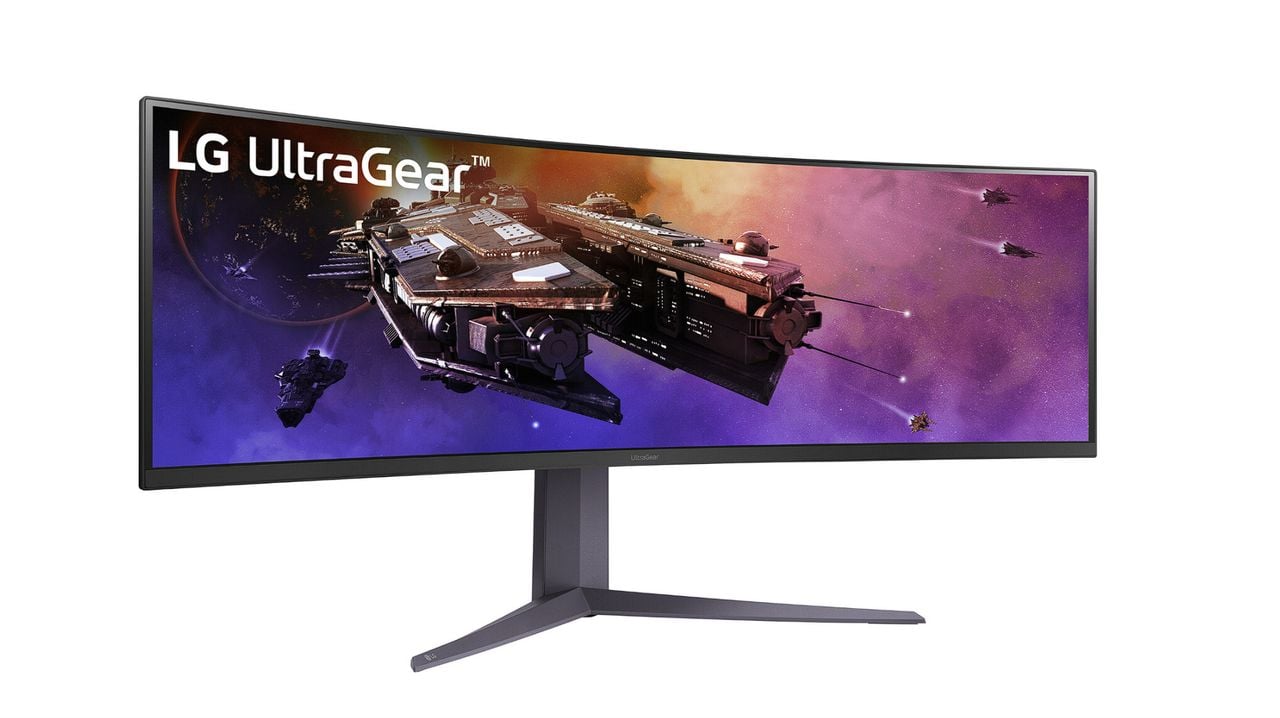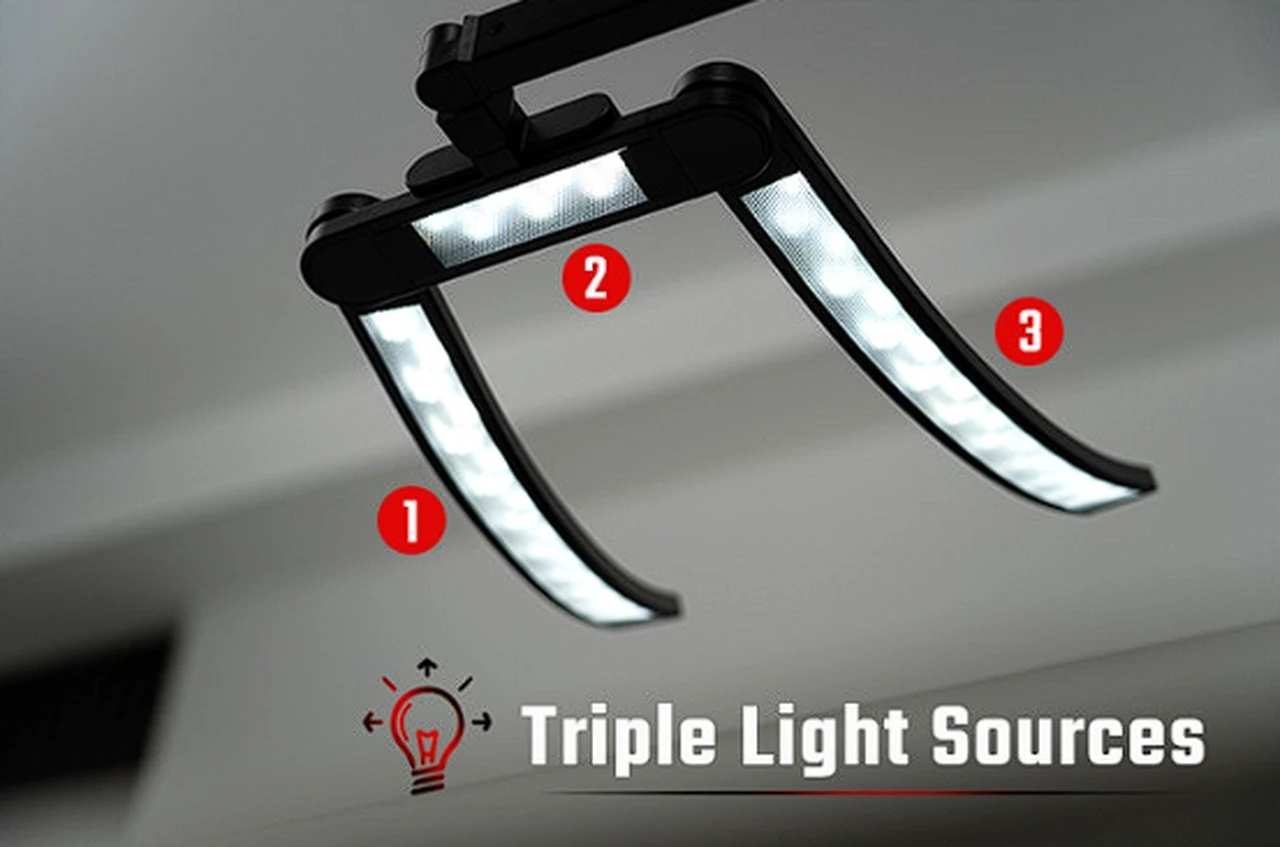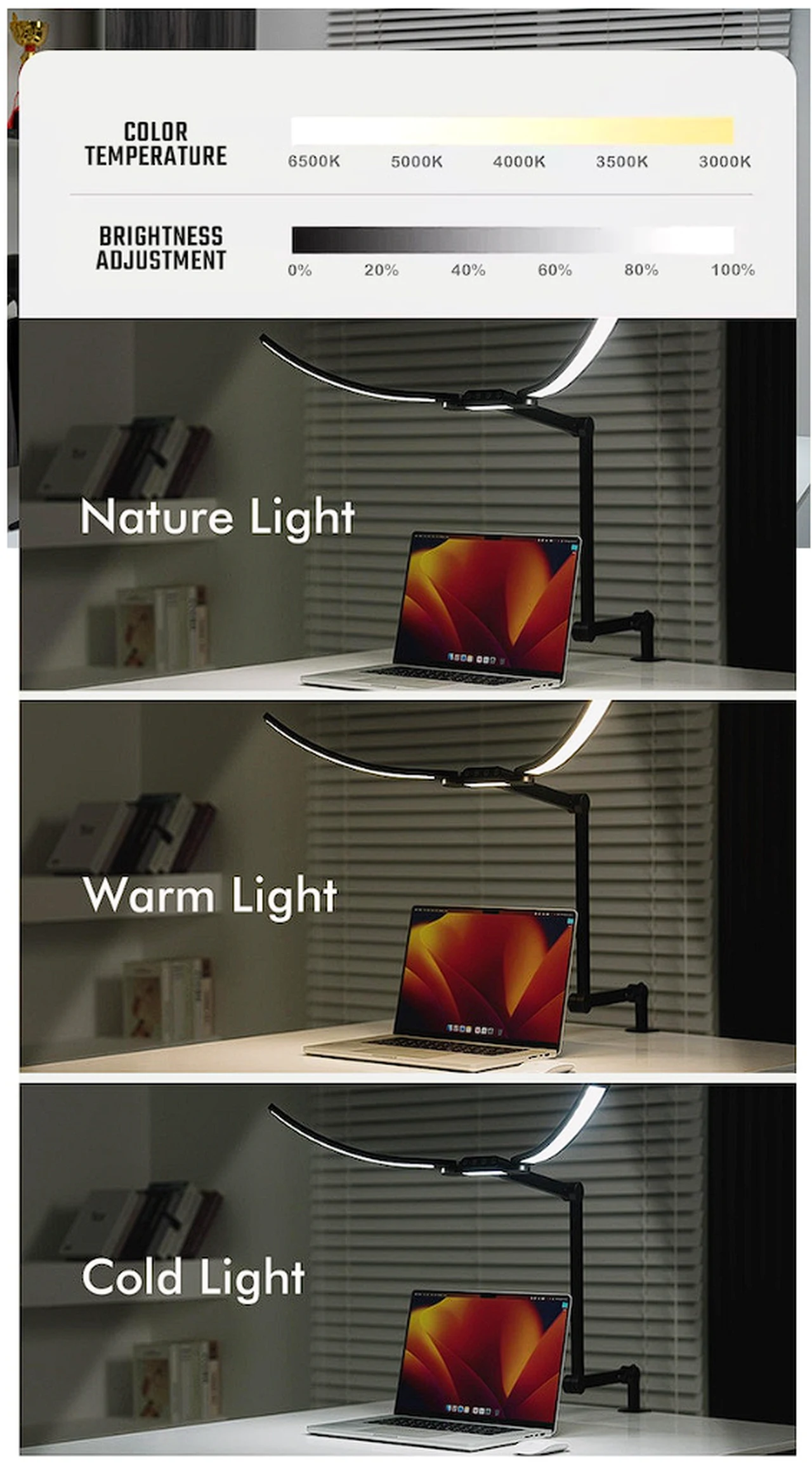To experimentally realize a curved spacetime such as a black hole requires a specific relative motion between the excitations and the background medium. One-dimensional supersonic flow, the archetypal example of an acoustic black hole, provides a platform for observations of Hawking radiation in both classical20,21 and quantum fluids9,10,22. More complex phenomena such as Penrose superradiance require rotating geometries realizable in two spatial dimensions, for example, by means of a stationary draining vortex flow12,23. Classical fluid flow experiments have demonstrated the power of the gravity simulator programme, realizing superradiant amplification of both coherent11,24 and evanescent waves25, as well as quasinormal mode oscillations26, a process intimately connected to black hole ringdown27.
Here we investigate related phenomena in the limit of negligible viscosity in superfluid 4He (called He II). Its energy dissipation is dependent on temperature and can be finely adjusted across a wide range. At 1.95 K, at which our experiments take place, its kinematic viscosity is reduced by a factor of 100 compared with water28 and the damping is dominated by thermal excitations collectively described by the viscous normal component28,29 that constitutes approximately half of the total density of the liquid. Moreover, He II supports the existence of line-like topological defects called quantum vortices. Each vortex carries a single circulation quantum κ ≈ 10−7 m2 s−1 and forms an irrotational (zero-curl) flow field in its vicinity29. Owing to this discretization, a draining vortex of He II can manifest itself only as a multiply quantized (also known as giant) vortex or as a cluster of single quantum vortices. Such vortex bundles exhibit their own collective dynamics and can even introduce solid-body rotation30 at length scales larger than the inter-vortex distance, adding complexity to the study of quantum fluid behaviour. As the realization of curved spacetime scenarios requires an irrotational velocity field1,31, it is critical to confine any rotational elements into a central area, that is, the vortex core. However, alike-oriented vortices have a tendency to move apart from each other, which poses a limitation on the extent of the core one can stabilize in an experiment. On the other hand, recent findings show that mutual friction29 between quantum vortices and the normal component contributes to the stabilization of dense vortex clusters32.
The vortex induces a specific velocity field within the superfluid, which affects the propagation of small waves on its surface. In particular, low-frequency excitations perceive an effective acoustic metric3,4
$${g}_{ij}\propto \left(\begin{array}{rc}-{c}^{2}+{v}^{2} & -{\bf{v}}\\ -{\bf{v}} & {{\mathbb{1}}}_{2\times 2}\end{array}\right),$$
(1)
in which c denotes their propagation speed and \({\bf{v}}(r,\theta )={v}_{r}\widehat{{\bf{r}}}+{v}_{\theta }\widehat{{\boldsymbol{\theta }}}\) indicates the velocity field at the interface (we assume that the superfluid and normal velocity fields are equal, in line with other mechanically driven flows of He II (refs. 33,34)). Although this description fails in the high-frequency regime owing to dispersion, it is well known that the curved spacetime phenomenology persists for these excitations24,26,35. Altogether, the above properties suggest that an extensive draining vortex of He II is a feasible candidate for simulations of a quantum field theory in curved spacetime.
We realized this flow in cylindrical geometry that is built on the concept of a stationary suction vortex36 (see Methods for a detailed description). The central component of our set-up is a spinning propeller, which is responsible for establishing a continuous circulating loop of He II, feeding a draining vortex that forms in the optically accessible experimental zone. At small propeller speeds, we observe a depression on the superfluid interface (Fig. 1a), but as the speed increases, this depression deepens and eventually transforms into a hollow vortex core extending from the free surface to the bottom drain (Fig. 1b). The parabolic shape of the free surface in the former regime is consistent with solid-body rotation, which corresponds to a compact, polarized cluster of singly quantized vortices (called solid core) that forms under the finite depression. The hollow core can instead absorb individual circulation quanta and behave like a multiply quantized object37. To minimize the rotational flow injected by the spinning propeller into the experimental zone, we devised a unique recirculation strategy based on a purpose-built flow conditioner (see Methods) that promotes formation of a centrally confined vortex cluster instead of a sparse vortex lattice. However, the exact dynamics of individual quantum vortices, as well as their spatial distribution in the experiment, calls for future investigations. State-of-the-art numerical models38 account for the motion of vortex lines coupled to the superfluid and normal velocity fields, but fail to dynamically model the interface, which is a pivotal element in our system. Previous experimental efforts39,40,41 confirmed that a draining vortex in He II carries macroscopic circulation but lacked spatial resolution required to investigate central confinement of rotational components. In this regard, cryogenic flow visualization42 provides sufficient resolution. However, this method requires introducing small solid particles into the superfluid, which accumulate along the vortex lines and considerably affect their dynamics43.
The above limitations compelled us to propose an alternative, minimally invasive method to examine the vortex flow and extract macroscopic flow parameters that exploit the relative motion occurring between interface waves and the underlying velocity field. The corresponding dispersion relation for angular frequencies ω and wave vectors k reads35
$${(\omega -{\bf{v}}\cdot {\bf{k}})}^{2}=F(\parallel {\bf{k}}\parallel ),$$
(2)
in which F denotes the dispersion function. By solving equation (2), we find (see Methods) that the spectrum of interface modes gets frequency shifted and the velocity field can be inferred from these shifts44. Therefore, we redirect our attention towards precise detection of small waves propagating on the superfluid interface.
We identified that the adapted Fourier transform profilometry17,18 is well suited to our needs, as it is capable of resolving a fluid interface with sufficient and simultaneous resolution in both space and time. This powerful technique consists of imaging the disturbed interface against a periodic backdrop pattern. This way, we resolve height fluctuations of said interface (Fig. 2a) with sensitivity up to approximately one micrometre. Owing to symmetries of the flow, the waves exhibit two conserved quantities: frequency f and azimuthal number m. The latter parameter counts the number of wave crests around a circular path, with positive or negative values of m corresponding to wave patterns co-rotating or counter-rotating with the central vortex.
These spatial patterns (or modes) can be retrieved from the height-fluctuation field by a discrete Fourier transform. For example, by transforming with respect to the angle θ, we can single out individual azimuthal modes (Fig. 2b–e). To study wave dynamics in time, we must also transform the temporal coordinate and inspect the resulting two-dimensional spectra, showcased in Fig. 2f,g for two distinct radii. Notable high-amplitude signals in the m = ±1 bands are exclusively a consequence of how mechanical vibrations of the set-up imprint themselves on our detection method. Of physical interest are modes with higher azimuthal numbers. These excitations, observed in both solid-core and hollow-core regimes, represent micrometre waves excited on the interface. In the steady state, the waves dissipate their energy, in part by viscous damping and in part by scattering into the draining core of the vortex45. Although this is balanced by the stochastic drive originating from the fluid flow and/or aforementioned mechanical vibrations, we notice that only a certain region of the spectral space (m, f) is populated with excitations, a feature that varies when examining smaller (Fig. 2f) and larger (Fig. 2g) radii. We observe that only some high-frequency (equivalent to high-energy) waves have the capability to propagate on the interface. Through the solution of equation (2), we can pinpoint the minimum frequency, fmin, permissible for propagation for the given radius, azimuthal number and background velocity (see Methods) and, in line with the methodology introduced above, we exploit this particular frequency to extract the underlying velocity field, as we now describe. We search the parameter space produced by two velocity components (vr, vθ) and determine values that produce the best match between fmin and the lowest excited frequency in the experimental data across several azimuthal modes (coloured lines in Fig. 2f,g). By carrying out this procedure for every examined radius, we can reconstruct the velocity distribution in the draining vortex flow.
We conducted these reconstructions across several vortex configurations distinguished by the drive (propeller) frequency. For all instances, vr approximates zero within the limits of our resolution. Although seemingly paradoxical, this outcome results from a complex boundary-layer interaction and is in agreement with earlier findings in classical fluids46. Therefore, interface waves engage with an almost entirely circulating flow characterized by a specific radial dependence of vθ (coloured points in Fig. 3a). Overall, the results are consistent with
$${v}_{\theta }(r)=\varOmega r+\frac{C}{r},$$
(3)
indicated in Fig. 3a by coloured lines. The first term represents solid-body rotation with angular frequency Ω, which leaks into the experimental area through the flow conditioner as described above. The second term corresponds to an irrotational flow around a central vortex with circulation C. The related number of circulation quanta confined in its core, NC = 2πC/κ, is shown in Fig. 3b as a function of the drive frequency. Across all instances, the core consists of the order of 104 quanta, a record-breaking value in the realm of quantum fluids. In the solid-core regime, NC can be identified with the number of individual quantum vortices concentrated in the core. However, in the context of a hollow core, NC represents its topological charge. Achieving circulation values separated from the elementary quantum κ by four orders of magnitude allows the quantization of circulation to be disregarded, leaving the vortex effectively classical. This unprecedented realization of a giant quantum vortex flow represents a distinctive instance of a quantum-to-classical flow transition in He II (ref. 47).
The importance of the aforementioned outcomes can be underlined by noting that n-quantized vortices are dynamically unstable13,14. They spontaneously decay into a cluster of n vortices48 as a result of the excitation of a negative energy mode in the multiply quantized vortex core11,48. Nevertheless, dynamical stabilization of giant vortices can be achieved by suitably manipulating the superfluid. Namely, introducing a draining flow and reducing the fluid density at the centre has proven effective in polariton condensates, for vortices with n ≲ 100 (refs. 15,16). These results agree with our experiment, in which the reduced density translates into the existence of a hollow core and the draining flow resides in the bulk of the draining vortex.
It is worth noting that larger circulation values around a draining vortex in He II are documented in the literature41. However, therein, the contributions of the vortex core and the solid-body rotation are not distinguished. The second effect may dominate in the reported circulations, as the number of quantum vortices responsible for rotation30 scales with the corresponding angular frequency Ω. Rotation in our experimental zone is notably suppressed. The sparse presence of quantum vortices partially justifies our assumption that normal and superfluid components behave as a single fluid. More importantly, the ratio η between Ω and the angular frequency of the drive does not exceed 2.5% (Fig. 3c), and the velocity field in our system is dominated by the irrotational vortex flow. The core of this vortex must be smaller than 7.6 mm, the smallest investigated radius, because the velocity profiles (Fig. 3a) show no indication of a turning point at small radii.
We can, nonetheless, venture beyond the experimental range by exploring wave dynamics in the radial direction. We restrict our discussion to a particular mode |m| = 8 (Fig. 2d) as a representative of the outlined behaviour. We start by analysing co-rotating (m = 8) modes, shown in Fig. 4a,b for the solid-core and hollow-core structures. In both cases, fmin (red line) denotes an effective potential barrier, preventing waves from reaching the vortex core. Existence of this barrier, together with an outer, solid boundary at 37.3 mm, gives rise to bound states (standing waves), appearing as distinct, striped patterns extending up to 40 Hz. These patterns represent the first direct measurement of resonant surface modes around a macroscopic vortex flow in He II.
To perform an in-depth examination of selected states (denoted as I–IV), we plot the absolute value of their amplitudes in Fig. 4a. The frequency of state I meets fmin in a crossing point (yellow point) located within the field of view. At large radii, this wave harmonically propagates. However, as it penetrates the barrier, its amplitude exponentially decays in exact analogy with a simple quantum-mechanical model of a particle trapped in a potential well. For higher frequencies, the crossing point moves towards smaller radii (state II), eventually reaching the limit of our detection range. For the highest-frequency states (III and IV), the crossing point is well outside the detection range and we only observe the harmonic part of the signal. Nonetheless, the mere existence and predictability of these states lets us extend the effective potential barrier beyond the observable range.
Specifically, we consider a model of a purely circulating vortex, whose velocity field reads (vr, vθ) = (0, C/r), and extend the experimentally determined potential barrier (red lines in Fig. 4a,b) towards smaller radii (yellow lines). In practice, this model must break down near the vortex core, at which point the spatial distribution of individual quantum vortices becomes relevant. Nonetheless, the frequencies of individual bound states are in excellent agreement with theoretical predictions (see Methods) based on the extended potential barrier (Fig. 4c). This outcome validates the simplified model and allows us to constrain the radius of the core region to approximately 4 and 6 mm, respectively for the solid-core and hollow-core regimes. Confinement of the rotating core beyond the experimental range gains importance when considering the draining vortex flow as a gravity simulator, for example, when searching for initial indications of black hole ringdown.
For this purpose, we focus on counter-rotating (m = −8) modes, depicted in Fig. 5a,b with the effective potential barriers (red lines) and their extensions (yellow lines). The shape of the barrier in the solid-core regime (Fig. 5a) allows the existence of bound states up to approximately 30 Hz. However, this is not the case in the hollow-core regime (Fig. 5b), despite the corresponding circulations only differing within one order of magnitude. Bound states are not formed at all because the effective potential shows a shallow maximum before decreasing towards zero. Dominant excitations in this spectrum, highlighted in Fig. 5c, are modes lingering near this maximum. These excitations, previously identified as ringdown modes of an analogue black hole26, represent the very first hints of this process taking place in a quantum fluid. The radius at which the effective potential crosses the zero-frequency level is related to the analogue ergoregion35, a key feature in the occurrence of black hole superradiance. To directly observe this region in our set-up, further increasing the azimuthal velocity and/or examining the system closer to the vortex core is required.
Our research positions quantum liquids, particularly He II, as promising contenders for finite-temperature, non-equilibrium quantum field theory simulations, marking a transformative shift from already established simulators in curved spacetimes7,8,9,10. The liquid nature of He II arises from an effective, strongly interacting field that complements its weakly interacting counterpart found in, for example, cold atomic clouds. A distinctive advantage presented by He II lies in its flexibility, allowing it to be operated at a fixed temperature, starting just below the superfluid transition, at which He II shows pronounced dissipation. This regime in particular holds immense potential, such as for the mapping to generic holographic theories49. At temperatures below 1 K, the normal component is expected to be an aggregate of individual thermal excitations. This tunability provides the opportunity to investigate a broad range of finite-temperature quantum field theories.
Owing to the capacity of He II to accommodate macroscopic systems, we achieved the creation of extensive vortex flows in a quantum fluid. Notably, the size of the hollow vortex core scales with its winding number and, consequently, system-size constraints may restrict the maximum circulation achievable when implemented in cold-atom or polariton systems alike. Key processes in rotating curved spacetimes, such as superradiance and black hole ringing, can be explored in our current system with minor adjustments to the propeller speed, container geometry or by dynamically varying flow parameters. Our set-up also provides a clear opportunity to investigate rotating curved spacetimes with tunable and genuinely quantized angular momentum, setting it apart from classical liquids. Furthermore, applying these techniques to explicitly time-dependent scenarios allows for the exploration of fundamental non-equilibrium field theory processes. This may involve controlled modulations of first or second sound in the bulk of the quantum liquid, providing a platform for conducting wave-turbulence simulations across various length and temperature scales. This represents a noteworthy advancement beyond the current scope of cold-atom studies50.
